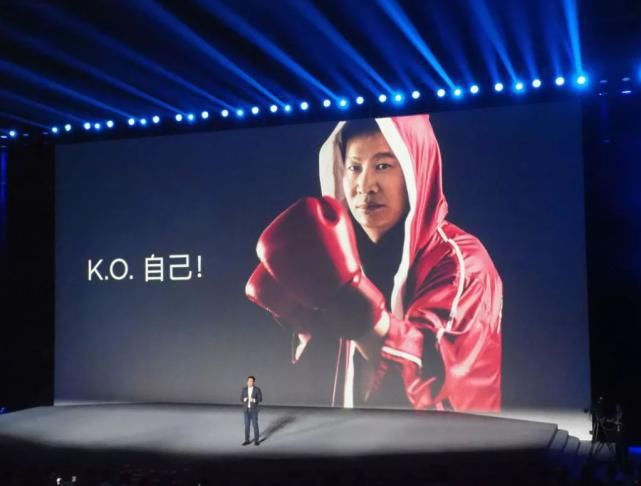C. It organizes free cycle tours.?D. It has over 2,500 rental shops.
22. How much do you pay for renting a bike with hand brake and three gears for two days?
A. €15.75.?B. €19.50.?C.€22.75.?D. €29.50.
23. Where does the guided city tour start?
A. The Gooyer, Windmill.??B. The Skinny Bridge.
C. Heineken Brewery.??D. Dam Square.
B
When John Todd was a child, he loved to explore the woods around his house, observing how nature solved problems. A ditry stream, for example, often became clear after flowing through plants and along rocks where tiny creatures lived. When he got older, John started to wonder if this process could be used to clean up the messes people were making.
After studying agriculture, medicine, and fisheries in college, John went back to observing nature and asking questions. Why can certain plants trap harmful bacteria (细菌)? Which kinds of fish can eat cancer-causing chemicals?With the right combination of animals and plants, he figured,maybe he could clean up waste the way nature did. He decided to build what he would later call an eco-machine.
The task John set for himself was to remove harmful substances from some sludge (污泥). First, he constructed a series of clear fiberglass tanks connected to each other. Then he went around to local ponds and streams and brought back some plants and animals. He placed them in the tanks and waited. Little by little, these different kinds of life got used to one another and formed their own ecosystem. After a few weeks, John added the sludge.
He was amazed at the results. The plants and animals in the eco-machine took the sludge as food and began to eat it! Within weeks, it had all been digested, and all that was left was pure water.
Over the years, John has taken on many big jobs. He developed a greenhouse-like facility that treated sewage (污水) from 1,600 homes in South Burlington. He also designed an eco-machine to clean c ***water in Fuzhou, a city in southeast China.
“Ecological design” is the name John gives to what he does. “Life on Earth is kind of a box of spare parts for theinventor,” he says. “You put organi *** s in new relationships and observe what’s happening. Then you let these new systems develop their own ways to self-repair.”
24. What can we learn about John from the first two paragraphs?
A. He was fond of traveling.??B. He enjoyed being alone.
C. He had an inquiring mind.?D. He longed to be a doctor.
25. Why did John put the sludge into the tanks?
A. To feed the animals.??B. To build an ecosystem.
C. To protect the plants.??D. To test the eco-machine.
26. What is the author’s purpose in mentioning Fuzhou?
A. To review John’s research plans.?B. To show an application of John’s idea.
C. To compare John’s different jobs.?D. To erase doubts about John’s invention.
27. What is the basis for John’s work?
A. Nature can repair itself.??B.Organi *** s need water to survive.
C. Life on Earth is diverse.??D. Most tiny creatures live in groups.
C
The goal of this book is to make the case for digital minimali *** , including a detailed exploration of what it asks and why it works, and then to teach you how to adopt this philosophy if you decide it’s right for you.
To do so, I divided the book into two parts. In part one, I describe the philosophical foundations of digital minimali *** ,starting with an examination of the forces that are making so many people’s digital lives increasingly intolerable, before moving on to a detailed discussion of the digital minimali ***philosophy.
Part one concludes by introducing my suggested method for adopting this philosophy: the digitaldeclutter. Thisprocess requires you to step away from optional online activities for thirty days. At the end of the thirty days, you will then add back a*** all number of carefully chosen online activities that you believe will provide massive benefits to the things you value.
推荐阅读
- 猪肉便宜了,牛肉驴肉贵,养猪和养牛哪个利润大?
- 长沙一中一字马女生 2020年高考一字马女生
- 南海农商银行上班时间 南海农商银行24小时客服电话
- 卖油翁原文朗诵 卖油翁ppt课件免费
- 福州茶叶批发市场在哪里?福州茶叶批发市场排名
- 格栅吊顶厂家批发 吊顶格栅厂家电话号码
- 李波儿老公高健玟是做什么的?李波儿老公高健玟个人简历
- 10月27日是什么星座上升星座 10月27日是什么星座男生
- 包子馅要炒熟再包吗












